From POV to Uncensored Reality: 5 YouTube Video Types Japan-Lovers Can't Miss
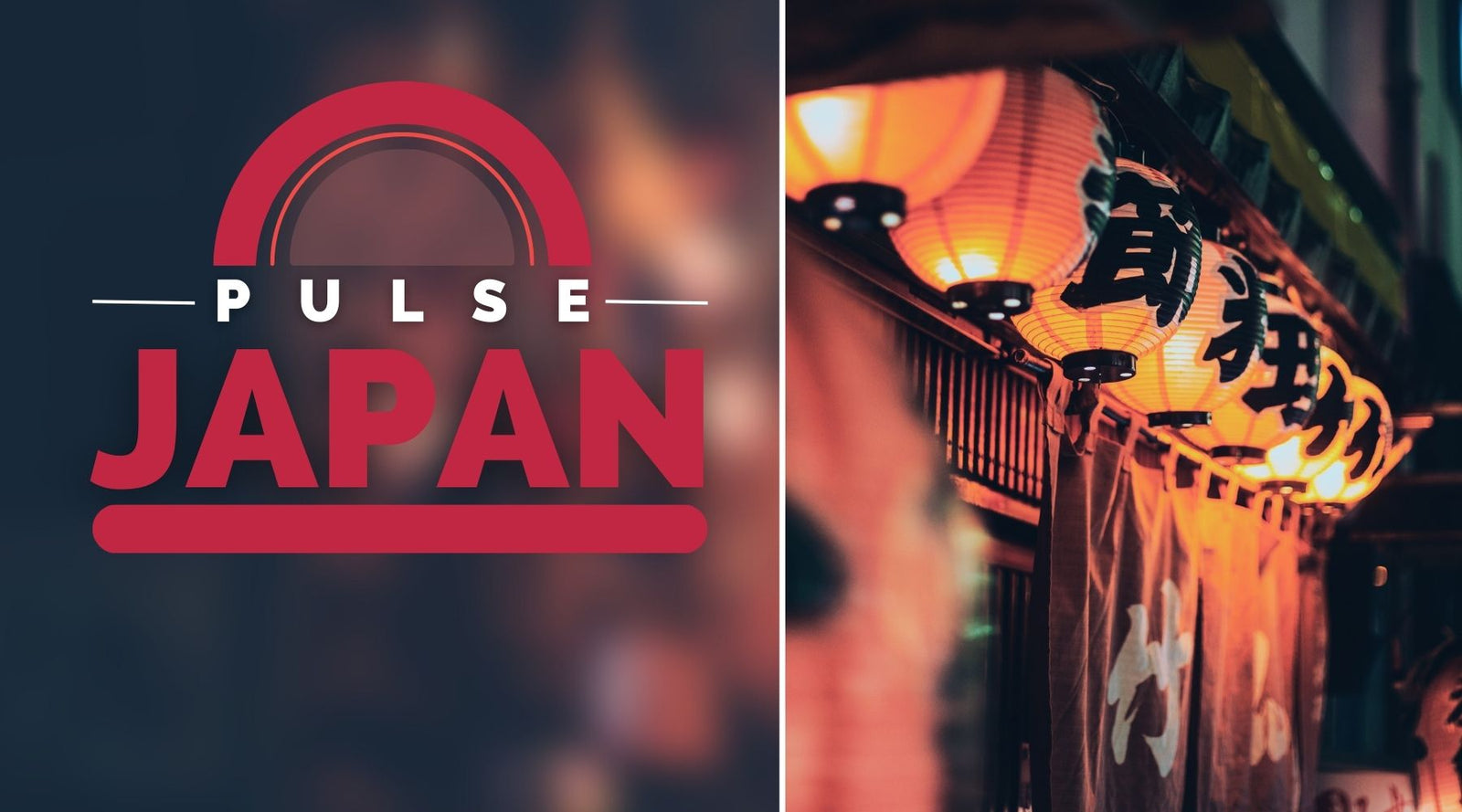
Let's be real—YouTube is the go-to for everything, from a quick tutorial on how to tie a tie to a deep dive into the culinary wonders of Japan. According to a recent survey, a whopping 98% of people in Japan use YouTube (Principle-C). It's not surprising that this video platform reigns supreme, trailed distantly by Niconico, which holds a mere 27.8% of the market share (Wikipedia).
Through YouTube, you can experience the heart and soul of the Land of the Rising Sun without stepping out of your room. Whether it’s touring Tokyo’s electric streets or savoring the meticulous craft of a sushi master, YouTube brings the essence of Japan to a global audience. It acts as a cultural bridge, breaking geographical barriers and making Japanese traditions, lifestyle, and nuances accessible to everyone.
Why is Japan-centric content so popular worldwide? Simply put, Japanese YouTube channels are a cocktail of creativity, diversity, and sheer charisma (Quora). Think about the viral videos from creators like Paolo from Tokyo and Abroad in Japan. Both channels give viewers a front-row seat to Japanese culture, from mouth-watering street food tours to quirky, unknown spots in Tokyo (Japademy).
Paolo’s optimistic and friendly personality is infectious, making his detailed day-in-the-life videos a joy to watch. Abroad in Japan, helmed by a bold British expatriate, isn’t shy about discussing both the good and the bad in Japan, adding a refreshing layer of authenticity that's often missed in traditional media.
To get an all-rounded picture of Japan, we need more than just polished travel videos. Sure, watching perfectly framed shots of cherry blossoms might be Instagram gold, but what about the everyday hustle of a salaryman or the intricate process behind a traditional tea ceremony?
Diving into different content types helps paint a complete, nuanced portrait of Japan. We have immersive POV walking tours that practically make you feel the pavement under your feet, uncensored realities that peel back the curtain on societal issues, and cultural deep dives that explain why things are done the way they are.
The aim here is a balanced view—one that marries the idealized with the real-world experiences. If all you see are the dreamy landscapes and bustling cityscapes, you’re missing the bigger picture. Diverse content ensures you understand the full spectrum, from the glitz of Shibuya to the serene temples of Kyoto.
By the end of this guide, you'll get a comprehensive, multifaceted view of Japan. And who knows, maybe you'll find yourself booking a ticket to experience it firsthand. So, keep those headphones handy and Wi-Fi strong, because this YouTube journey through Japan is just getting started.
1. POV (Point of View) Videos: Experiencing Japan Firsthand
Welcome to the virtual adventure of a lifetime! Walking tours on YouTube have become a sensation, especially for those yearning to explore Japan from the comfort of their couch. These point-of-view (POV) videos offer a personal guide through the bustling streets of Tokyo, the serene pathways of Kyoto, and even the lesser-known gems like Nara and Kamakura. Imagine strolling through (Osaka’s Dotonbori district at night), where neon lights dazzle, and the sounds of street vendors fill the air—all in stunning 4K Ultra HD.
These walking tours not only highlight popular tourist spots but also delve into everyday scenes. You can see locals zipping to work on their bicycles or witness the orderly flow of traffic where pedestrians always get the right-of-way (Basic Rules). With a self-guided feel, these videos allow you to explore the country at your own pace, all the while enjoying the authentic sounds and vibes of Japan.
Nothing beats experiencing life as a local, and POV videos excel at this. Ever wondered what a typical day looks like for a Japanese salaryman or a high school student? These videos provide a unique, unfiltered glimpse into the daily grind, from hastily grabbing a bite for breakfast to enduring the ever-important work hours (Travel Around Japan). It’s fascinating to see how packed trains are during rush hour and how people manage to stay stress-free and efficient despite the hustle.
Videos also dive into the concept of ikigai, a term intrinsic to Japanese culture that emphasizes finding joy in the present moment (Discovering Ikigai). Whether it’s tending to a bonsai tree or enjoying a meticulously prepared meal, these videos allow viewers to see the subtle beauty in Japanese daily life.
Japan is famous for its vibrant festivals, each with unique traditions and history. Thanks to YouTube, you don’t have to miss out on the action. Experience the grandeur of (Gion Matsuri) in Kyoto, a festival that spans the entire month of July and features elaborate parades and stunning floats. Or, get swept away by the energy of the (Awa Odori) dance festival in Tokushima, where traditional dance and music create an electrifying atmosphere.
These videos meticulously capture the essence of local festivals, from the colorful kimonos and rhythmic drums to the delicious street food. Watching these events unfold gives you a front-row seat to the cultural richness and community spirit that define Japan.
Exploring POV videos on YouTube can deeply enhance your appreciation for Japan, offering sights and sounds that are both mesmerizing and enlightening. As we continue this journey through various video genres, you'll see how YouTube serves as a window into Japan's diverse and intricate society.
2. Uncensored Reality: Beyond the Polished Image
Ah, the allure of Japan! The land of cherry blossoms, advanced technology, and sushi wonders. But hey, life in Japan isn't always as dreamy as it looks in manga or anime. While many YouTube channels offer a rose-tinted view, there's a growing demand for unfiltered content that shows the grit behind the glossy façade.
Take, for instance, the work culture. The Japanese work ethic is legendary—sometimes bordering on infamous. Long hours, limited family leave, and the rarity of childcare facilities can make for a grueling work-life balance (ScienceDirect). Does it sound like scenes from a dystopian movie? Not quite, but close enough to exude empathy for the salarymen and women commuting through rush hour.
Then there are the under-the-radar aspects of Japanese society. Like, did you ever turn heads with tales of Japanese YouTubers creating ruckus on the streets? Oh yes, it's a thing (Economic Times). Community norms are strictly adhered to in Japan, and disruptions by online celebs don't always sit well with everyone. You'll find heated debates all over forums like (Reddit) where locals share the everyday frustrations and beauties of Japanese life.
And then there's the issue of societal rigidity and lack of spontaneity. Ever gone to a Japanese wedding or work event? Prepare for meticulous planning down to the last detail. Fun, right? If structured and predictable are your vibes, then you've hit the jackpot. But for many, this rigidity can feel stifling. Imagine being unable to pull a casual last-minute get-together without raising eyebrows. Yeah, it's as fun as it sounds (Reddit).
So, how do these YouTubers balance between idealized versions and the raw, lived experiences of Japan? They often present both sides of the story. Channels might feature the splendor of sakura season but also dive into Japan’s less glamorous sides, like bureaucratic red tape or societal expectations that can take a toll on mental health. Understanding these shades of gray is crucial for anyone thinking of moving to Japan or engaging deeply with its culture.
For example, virtual YouTubers (VTubers) serve as an interesting case study. While they are part of Japan's innovative tech-driven entertainment landscape, they also highlight gaps in societal norms, particularly around gender roles and expectations (Asia Pacific Foundation of Canada). It's a fascinating mix of embracing new forms of creativity while grappling with traditional societal constructs.
While exploring different content types, we must remember that gaining a truly rounded view of Japanese life means diving into various facets, including those often hidden from the glamorous images.
As we continue our journey through YouTube's lens, our next stop will undoubtedly add even more depth and perspectives into understanding Japan. Keep your eyes peeled—rich, diverse content awaits us just around the corner.
3. Cultural Deep Dives: Understanding Japanese Traditions
Stepping into the world of Japanese customs and etiquette is like unwrapping a beautifully intricate gift that requires care and attention. From the moment you land in Japan, you're greeted by a unique social dance, one dominated by modesty and respect. For instance, bowing, or ojigi, is more than just a simple greeting—it's a nuanced gesture (as explained by AllJapanTours). A deeper, longer bow shows sincere respect, while a casual nod suffices for informal encounters. And if you're about to enter someone's house, don't forget to take off your shoes—you wouldn't want to bring the outside dirt in!
Life in Japan also calls for subtler traditions, like wearing masks when sick, not shaking hands, and avoiding hugs even among loved ones. These customs may seem odd to outsiders, but they embody the community-centric ethos of Japanese society.
Want to enjoy your ramen like a true local? Make all the slurping noise you want! It's a way to show appreciation for the delicious meal.
The roots of these customs often span centuries, embedded in the very fabric of Japanese history. Take the concept of wabi-sabi, which finds beauty in imperfection and has influenced everything from traditional tea ceremonies to the art of pottery. (Japanese popular culture) still reflects these age-old traditions, even in modern media like cinema, anime, and manga. These aren't just artistic choices; they’re nods to an ancestral ethos that prizes the serene and the subtle.
Shinto and Buddhist practices have also shaped many everyday rituals. When entering a shrine, for example, visitors purify themselves by symbolically washing their hands and rinsing their mouths. Such rituals aren't limited to solemn occasions; they’re part of daily life for many Japanese people, reflecting a seamless blend of the sacred and the secular.
Now, don’t think that Japan is stuck in the past. Modern Japan has a knack for reinterpreting its time-honored traditions with a contemporary twist. Culinary arts offer perfect examples—take kaiseki dining, originally a minimalist meal served during tea ceremonies, now a lavish display of seasonal ingredients served in multi-course feasts.
Even fashion isn’t immune. Designers are continually blending traditional garments like kimonos with modern streetwear, creating outfits that are both stylish and steeped in history. (Videos like “Japan’s Distinctive History” on YouTube) are a treasure troves of information, reflecting how the past and present coalesce in a dance of elegance and innovation.
Cultural festivals also get a modern revamp. While events like matsuri hold ancient religious significance, today they come alive with neon lights, techno beats, and cosplay, blending the historical with the hyper-contemporary.
This exploration of Japanese customs and history sets the stage for truly appreciating the intricacies of daily life in Japan. Up next, we’ll delve into how these cultural elements shape the quotidian rhythms and routines of the Japanese, offering you an intimate glimpse into their world.
4. Everyday Life Vlogs: A Glimpse into Local Routines
Alright, Japan enthusiasts, buckle up for a deep dive into the everyday lives of Japanese residents through the captivating medium of vlogs! These "day-in-the-life" videos offer an unfiltered peek into the world of locals as they navigate their routines, blending work, family, and a dash of "omotenashi" (Japanese hospitality) into their daily grind.
Thanks to YouTube, we get to live vicariously through popular content creators like (Life in Japan) and the wildly popular (Paolo from TOKYO). These channels throw open the doors to Japanese homes, offices, and even wagyu beef farms, providing a refreshingly candid view of Japanese life.
Insights into Work Culture, Education, and Family Life
Ever wonder what makes the Japanese work ethic so legendary? Here's the scoop: Japanese work culture is founded on intense commitment, ethics, and a high sense of responsibility. In fact, working long hours is almost a given (Unique Japan Tours). Contrary to the western emphasis on individualism and work-life balance, Japan places higher value on dedication to the company and process-oriented work (BJ&T).
Education in Japan is no less rigorous. The school system encompasses six years of elementary school, three years of junior high school, and another three years of high school. This is followed by either a two-or-three-year junior college or a four-year college JNTO. Notably, education is compulsory for the first nine years through elementary to junior high. These day-in-the-life vlogs often showcase the disciplined yet caring environment that Japanese schools provide, demystifying what anime fans might fantasize about real school life in Japan (Reddit).
Family life in Japan strikes a unique balance between tradition and modernity. While nuclear families are the norm, it's not uncommon to see extended families with three generations living under one roof. Fathers often appear as the primary decision-makers but mothers wield significant influence, especially in matters of children's education and finances (AFS-USA).
An added layer of fascination comes from understanding the contrast between urban and rural lifestyles. Tokyo, for instance, is a pulsating metropolis where individuals navigate crowded subways, flock to towering skyscrapers, and enjoy urban conveniences like ubiquitous convenience stores. The rhythm of daily life here is fast-paced, reflecting the city's reputation as a global hub.
On the flip side, rural Japan offers a serene escape. Countryside vlogs highlight the tranquil beauty of rural Japan, with visuals of expansive rice fields, traditional wooden houses, and a slower pace of life that revolves around local festivities and agriculture. This stark contrast underscores the diversity within Japanese culture, making it a must-see for anyone looking to get a 360-degree view of life in Japan.
Life in urban areas tends to be more modern and internationally influenced, while rural life often retains more traditional Japanese elements, providing a rich, diverse experience for viewers.
As we traverse these digital landscapes, the authenticity and variety in daily routines presented by these vloggers provide a more nuanced understanding of Japanese life.
Catch these vlogs, and you're bound to become more appreciative of the intricacies of Japanese culture. This journey through everyday life is just one way to peel back the layers of Japan.
5. Language and Communication: Bridging the Gap
Welcome, language enthusiasts, culture vultures, and casual browsers! Let's dive into one of the most fascinating aspects of exploring Japan: mastering its language and understanding its unique communication styles.
Kicking things off, let's talk about resources to learn Japanese. If you're a newbie or somewhere in the intermediate range, fret not! The internet is your best friend. YouTube channels like テルミの日本語学校 (Terumi's Japanese School) offer brilliant insights. Terumi Kai breaks down complex stuff, making learning significantly more palatable (Japan Language Factory).
Then, there are channels specifically for self-learners. Videos such as "8 Tips for BEGINNERS Self-Studying Japanese" and "10 Most Common Japanese Learning Mistakes" are like having a sensei in your pocket (Learning Japanese).
But wait, there's more! If you prefer immersion learning, Reddit's r/LearnJapanese community has a treasure troves of recommendations. From 心理カウンセラー ラッキー (self-help content) to こんまりちぁんねる (Marie Kondo's channel), these YouTubers can ease your transition from beginner to intermediate learner (Reddit).
When it comes to communication, it’s not all about vocab and grammar. Japan’s high-context communication style can pose challenges. Unlike Western cultures that often value directness, Japanese conversations are typically more subtle and indirect. This can be a maze for newcomers, resulting in misinterpretations and misunderstandings.
According to cross-cultural communication studies, avoiding slang and using simple, clear language can help bridge the gap (Typeset). Visual aids and, if necessary, engaging a translator can make a world of difference (CourseSideKick). Being aware of non-verbal cues and the underlying cultural context is crucial for smooth sailing in conversations (ScholarCommons).
Here’s the fun part: Japan's rich tapestry of regional dialects, known as 方言 (hōgen). Think about it – just like the difference between Southern drawl and Boston lingo in the States, Japan too has its unique regional quirks. Dialects like 関西弁 (Kansai-ben), often heard in Osaka, add a spicy twist to standard Japanese, and can make conversations much more colorful.
Experimenting with local dialects not only impresses native speakers but also deepens your cultural understanding. Plus, it’s like a secret level unlock in your language game!
Videos explaining regional dialects and slang can be found on channels like Onomappu, which enunciates really well and offers captions in Japanese and other languages (Reddit). This can be a fantastic way to sharpen those listening and speaking skills while also picking up some 'insider' Japanese.
Understanding Japanese language and communication is like getting the keys to the country. It’s not just about speaking the lingo but also interpreting the subtle art of Japanese interaction.
Stay tuned as we explore even deeper into the fabric of Japanese society and culture.
Conclusion
When it comes to exploring Japan through YouTube, diversity is key. The array of video styles—from immersive walking tours to uncensored reality checks—each provides a unique lens through which viewers can appreciate different facets of Japanese culture and lifestyle. This diversity isn't just a luxury; it's a necessity for a well-rounded understanding of Japan.
What's evident is that these various types of content offer more than just entertainment. They enable viewers to experience everything from the vibrant, busy streets of Tokyo to the serene, local traditions lingering in rural areas. Without such varied content, our vision of Japan would be incomplete and likely skewed towards stereotypes and idealized images.
In this digital age, fact-checking and critical viewing have never been more important. With the rise of social media influencers and vloggers, it's easy to be swept away by charismatic personalities and captivating visuals. However, viewers should always exercise caution and ensure that what they're watching aligns with verified information. The Japanese government itself encourages this vigilant approach to consuming digital content (Japan Go).
So, how does one fact-check YouTube content? Start by cross-referencing information with reputable sources, engage with content creators directly via comments or social media to clarify doubts, and follow channels known for their factual accuracy—such as (Tetsuya the Japanese Facts Reporter).
Lastly, while it's thrilling to delve into the myriad aspects of Japanese life, it's crucial to approach this with respect and responsibility. Japanese culture is rich and deeply rooted in traditions that span centuries. When engaging with this content, bear in mind the cultural nuances and sensitivities. This respectful approach not only enriches your understanding but also paves the way for more meaningful interactions if you ever find yourself visiting Japan.
This respectful approach isn't just a moral obligation; it's also a way to gain deeper insights and appreciation. Content creators invest time and effort to present their cultural heritage authentically. Similarly, viewers' respectful engagement ensures a positive and enriching experience for both parties.
So there you have it—a kaleidoscopic view of Japan through the lens of YouTube, offering everything from on-the-ground experiences to behind-the-scenes realities. A blend of POV videos, real-world perspectives, cultural deep dives, everyday vlogs, and language tutorials paints a holistic picture of this fascinating country.
Stay curious, be respectful, and most importantly, enjoy the journey through Japan’s diverse YouTube content.










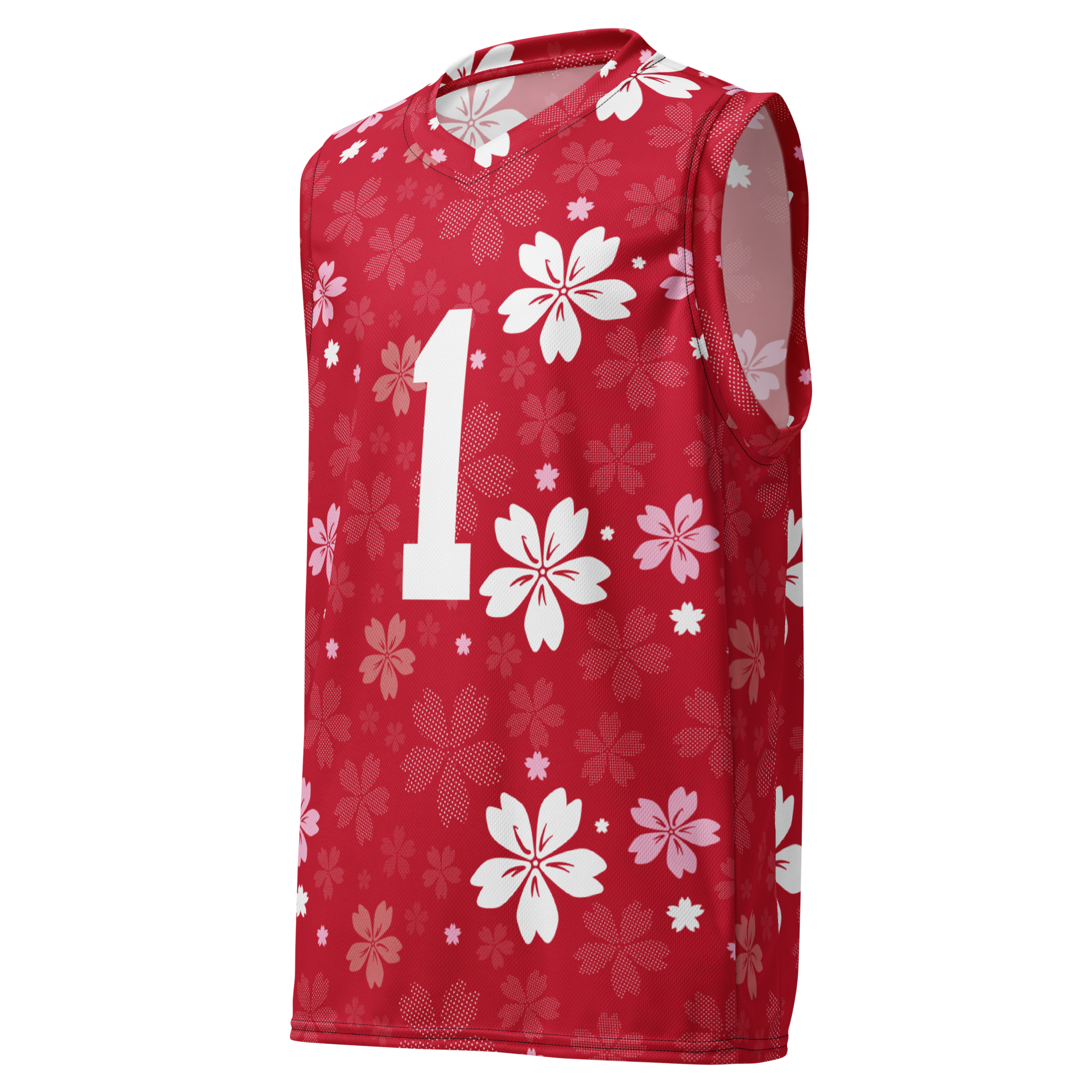
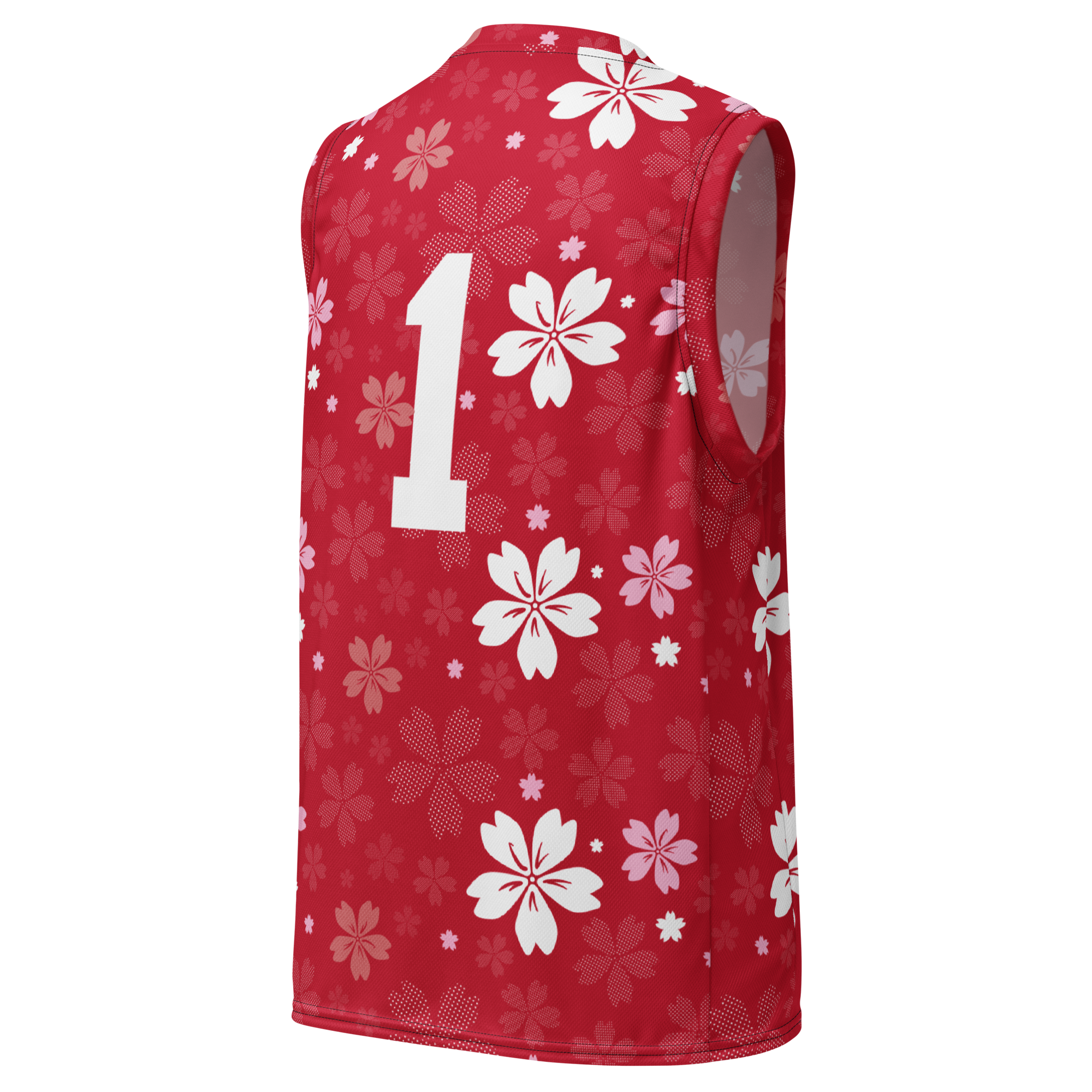

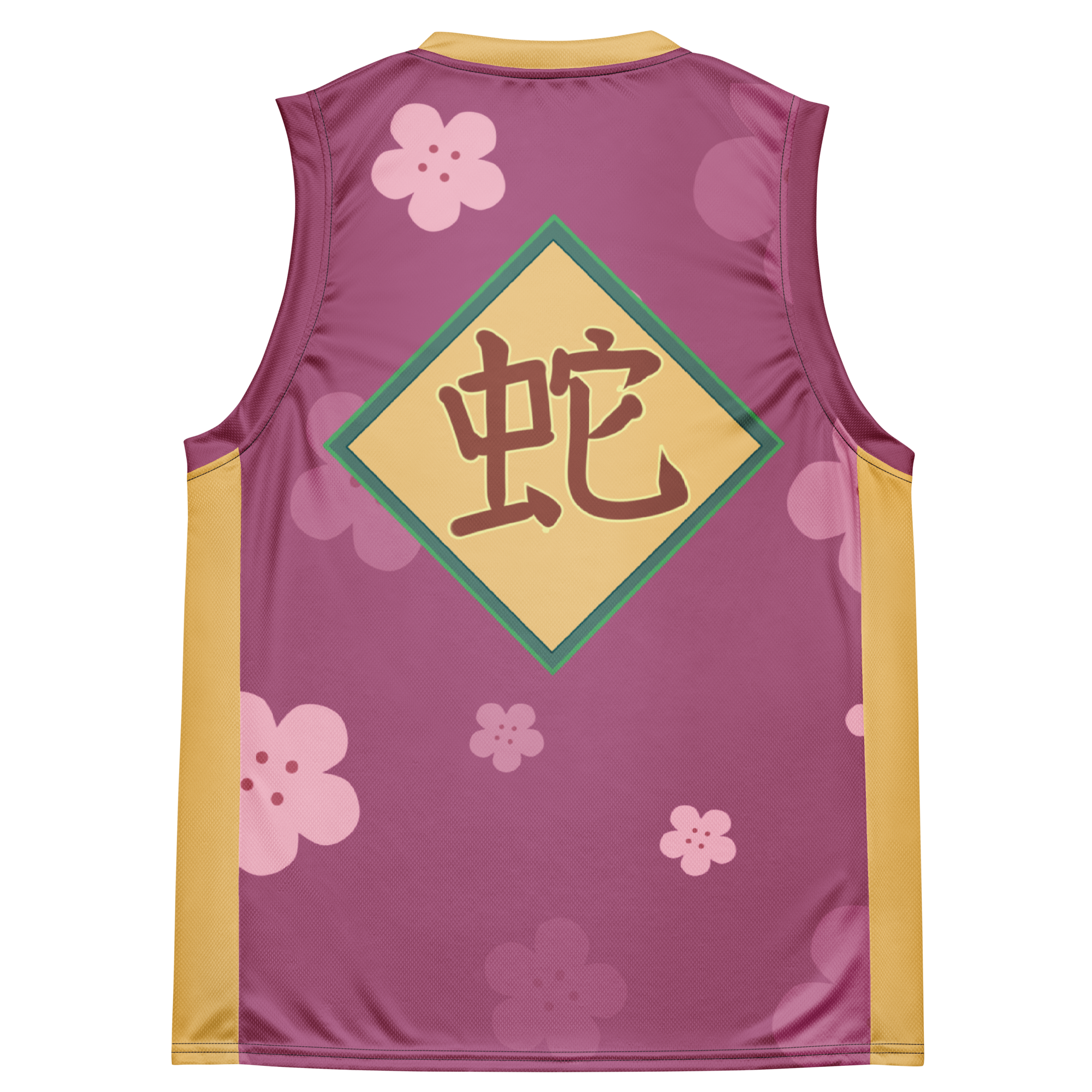
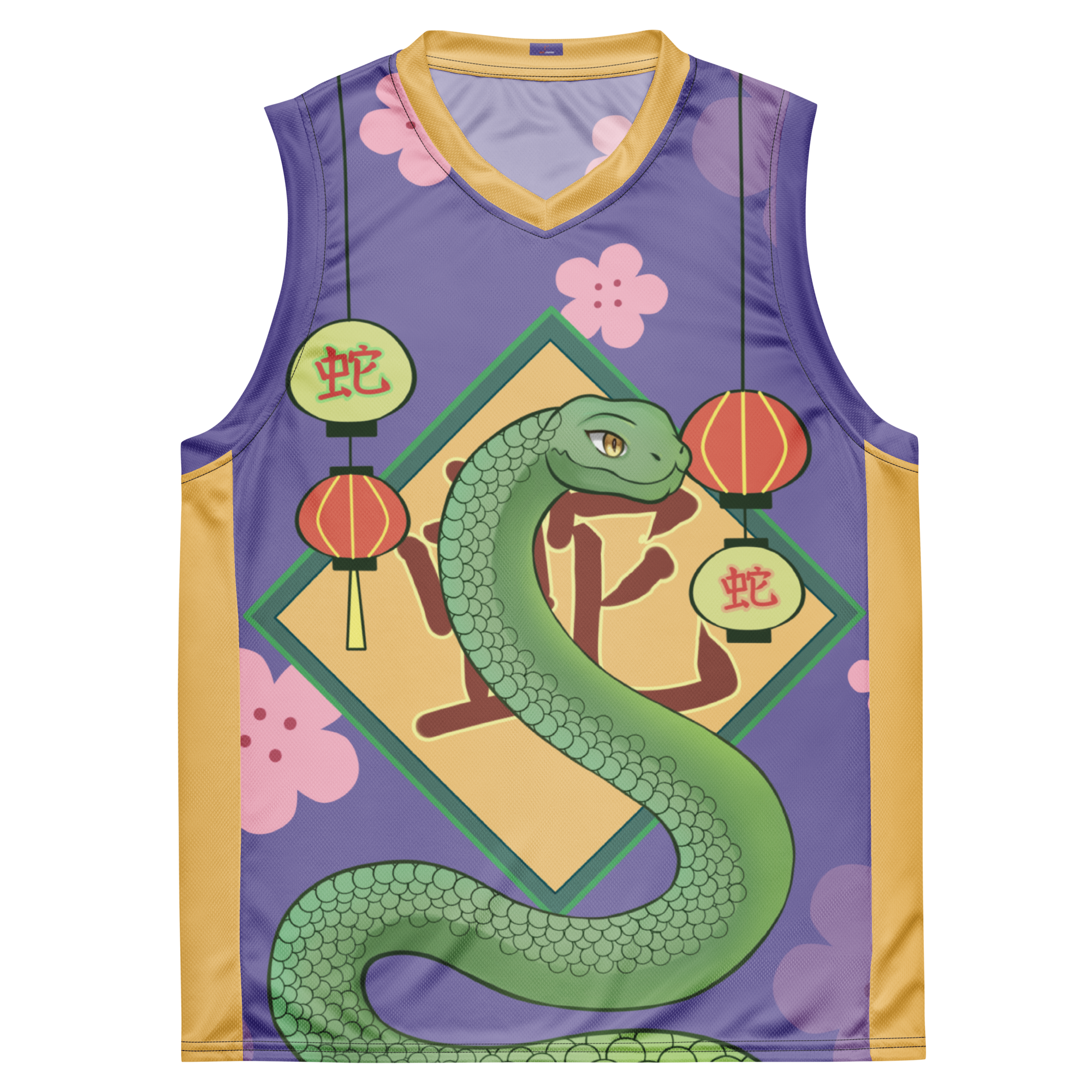
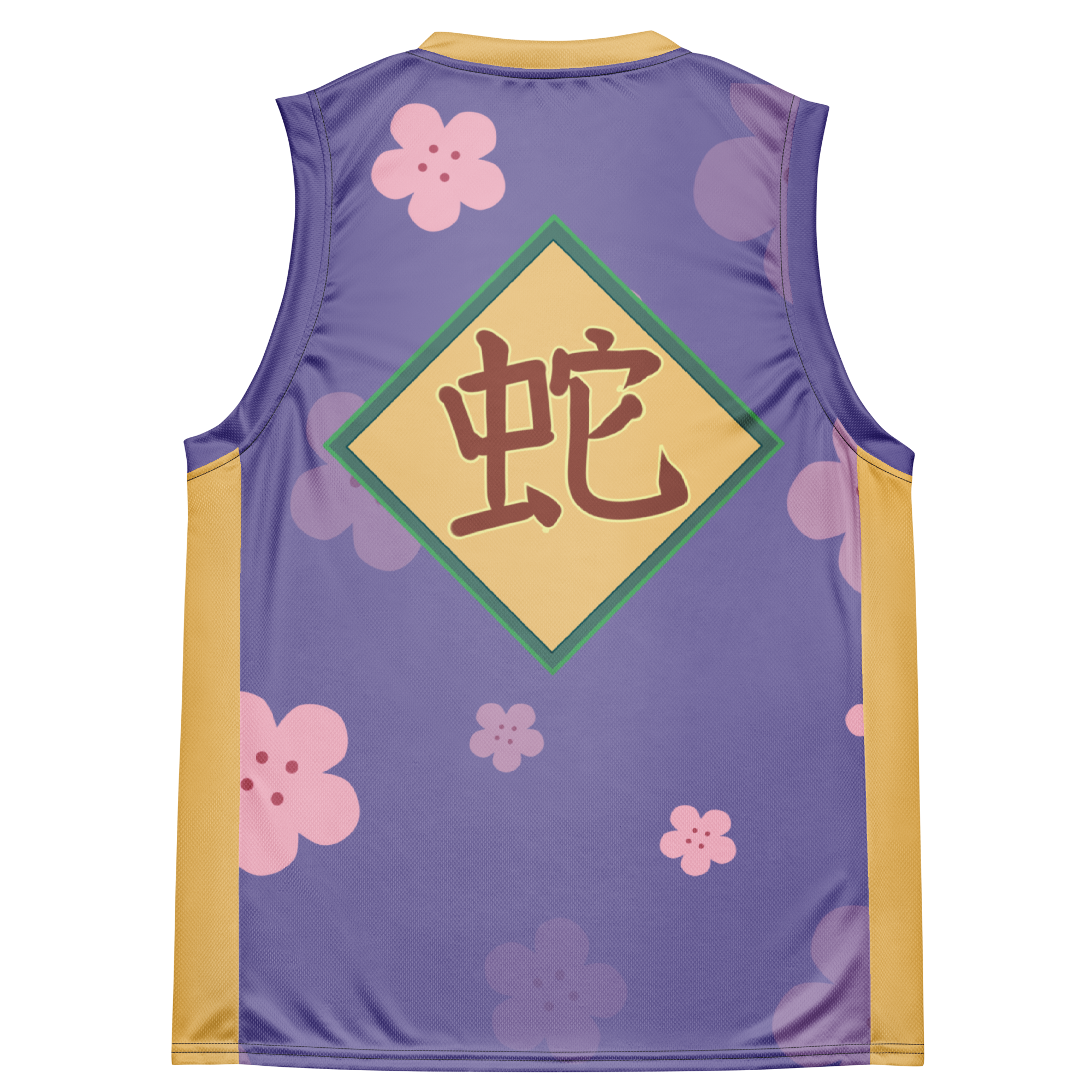
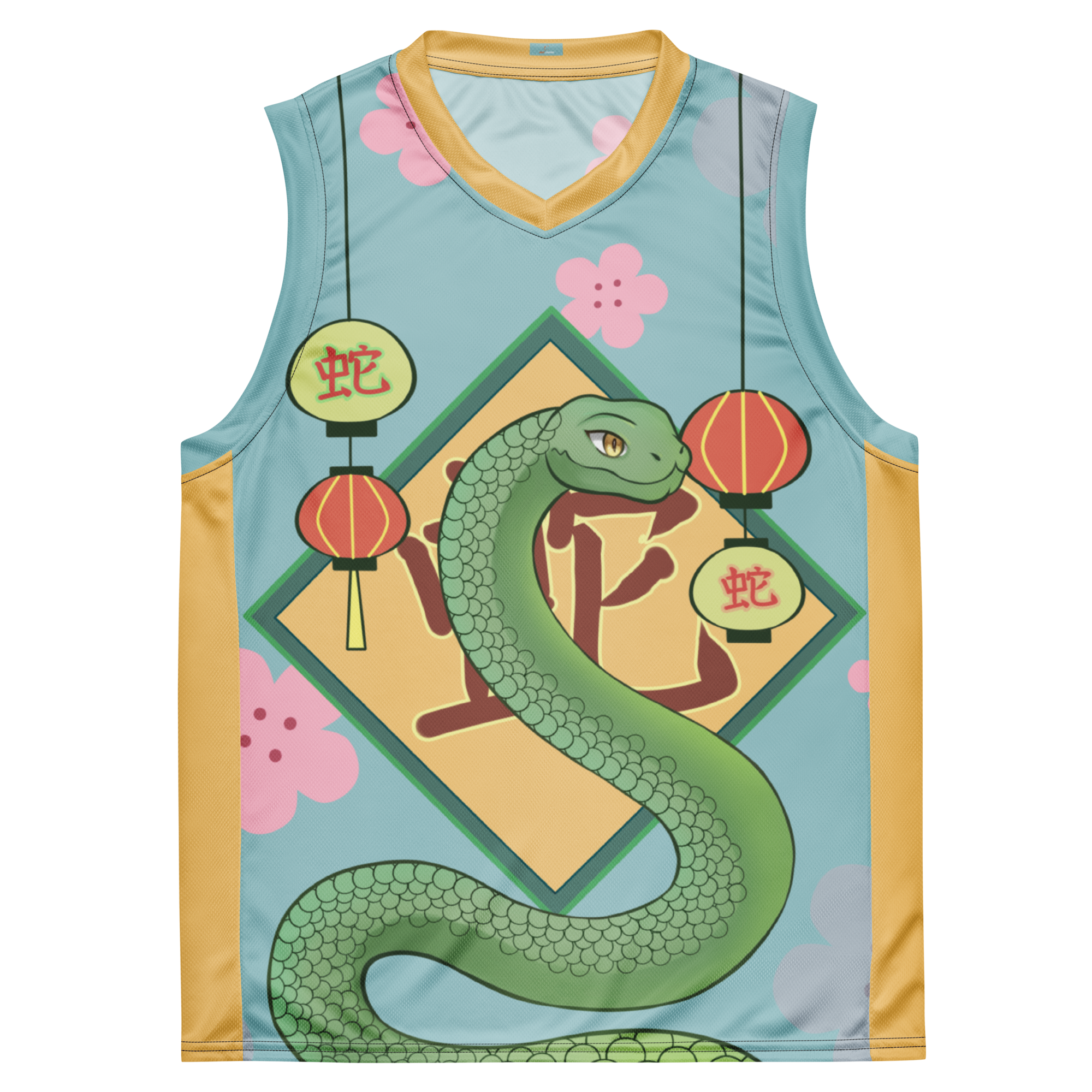
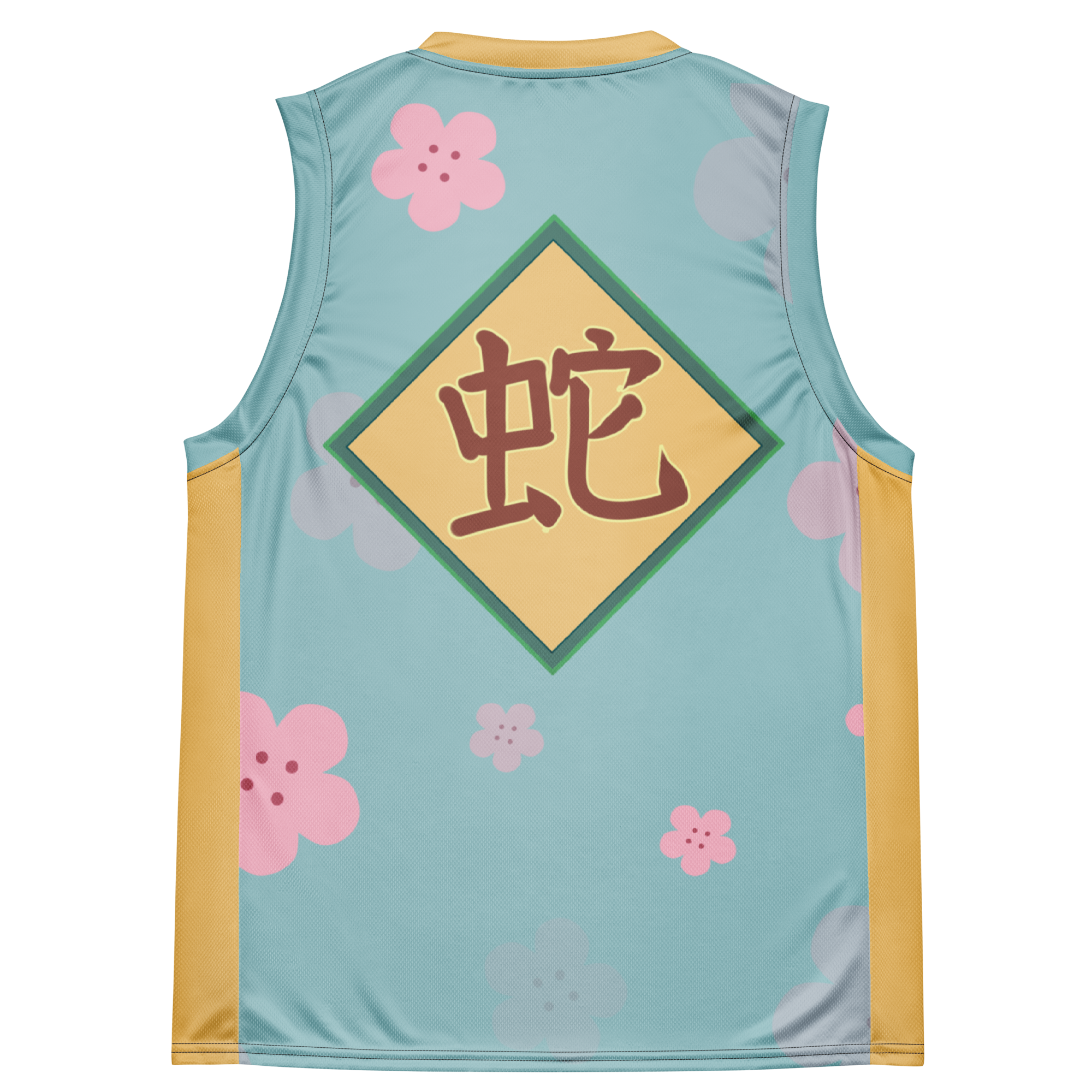














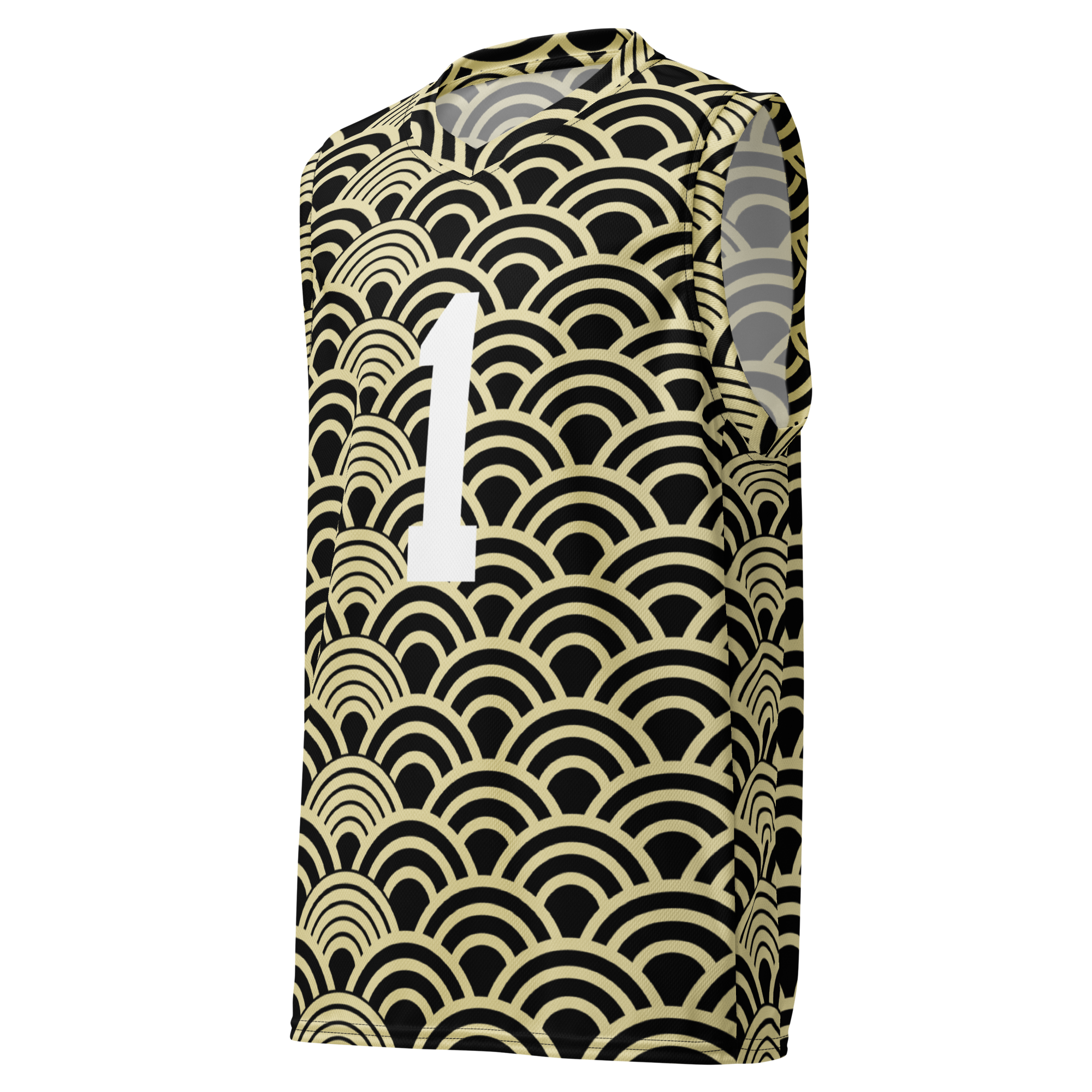
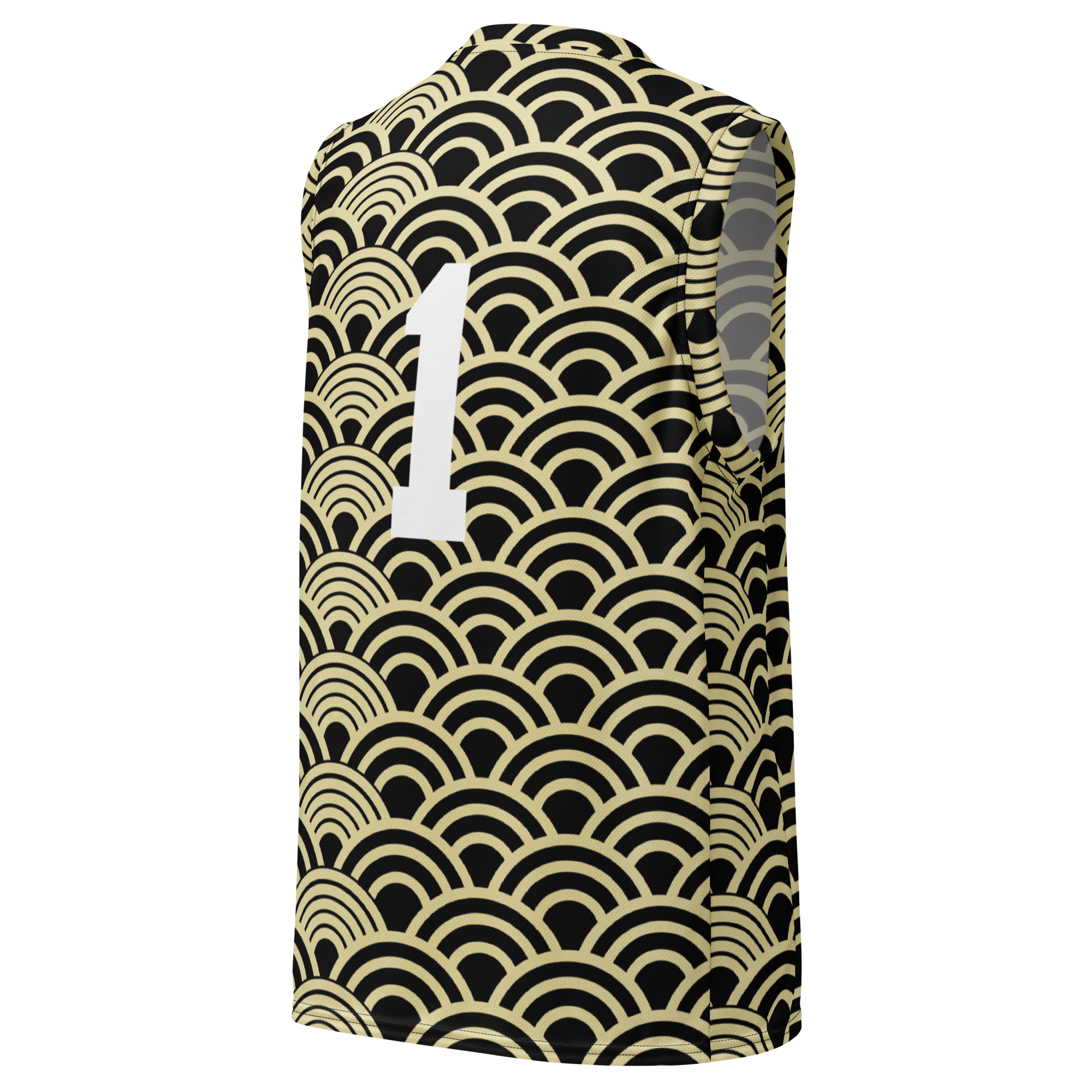
Leave a comment